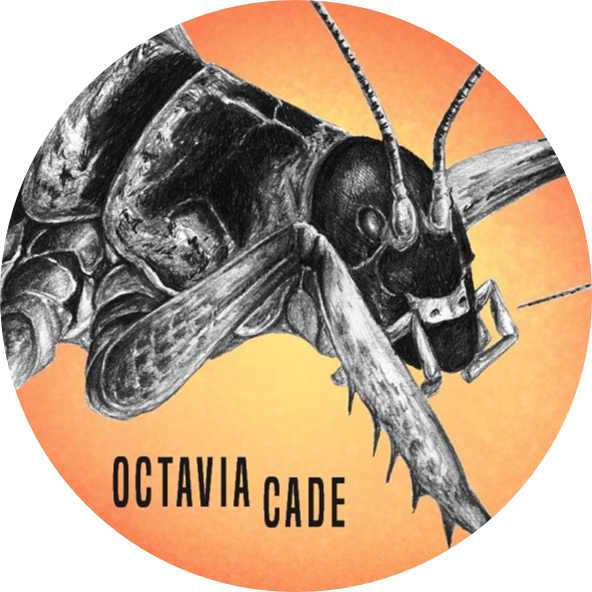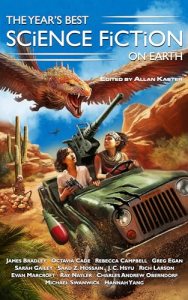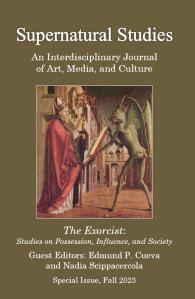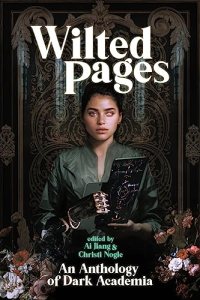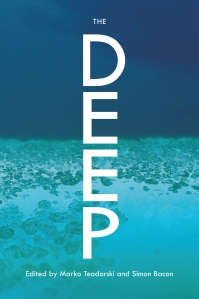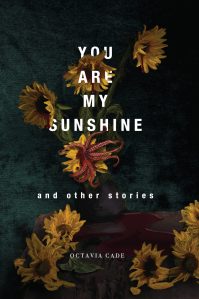 My new collection is out! You Are My Sunshine and Other Stories, published by Stelliform Press, is available now.
My new collection is out! You Are My Sunshine and Other Stories, published by Stelliform Press, is available now.
It’s a collection of speculative eco-fiction, ranging from eco-horror to solarpunk. Many of the stories have been published before, and you can read them in places like Clarkesworld (“You’re Not the Only One”) or Strange Horizons (“We Feed the Bears of Fire and Ice”). Have a read of either of these to see if you’ll like what’s in the rest of the book!
There’s also a few stories original to the collection, including the title novelette, “You Are My Sunshine.” This is one of my favourites, because it’s just so weird. It’s set in the same world as my Stelliform novella The Impossible Resurrection of Grief, where in the near-future ecological grief at a degrading environment causes a wave of insanity and suicide. Plus, the novella had jellyfish. Lots of jellyfish. There’s no jellyfish in “You Are My Sunshine” – this time it’s starfish. Zombie starfish, which are a real thing. Sea star wasting disease is spread in warming waters, and it causes the poor starfish to disintegrate… but the bits that fall off keep moving. For a while, anyway. If you’re a marine biologist, as main character Cyrus is, that’s pretty disturbing. Also disturbing are the severed human arms that keep appearing on his property, complete with apology notes. It’s bizarre, but I think it’s also a bit funny.
Stelliform has a fantastic range of books, focused on environmental and climate fiction, so if short stories aren’t your thing, take a look at their catalogue and you’re sure to find something appealing!
